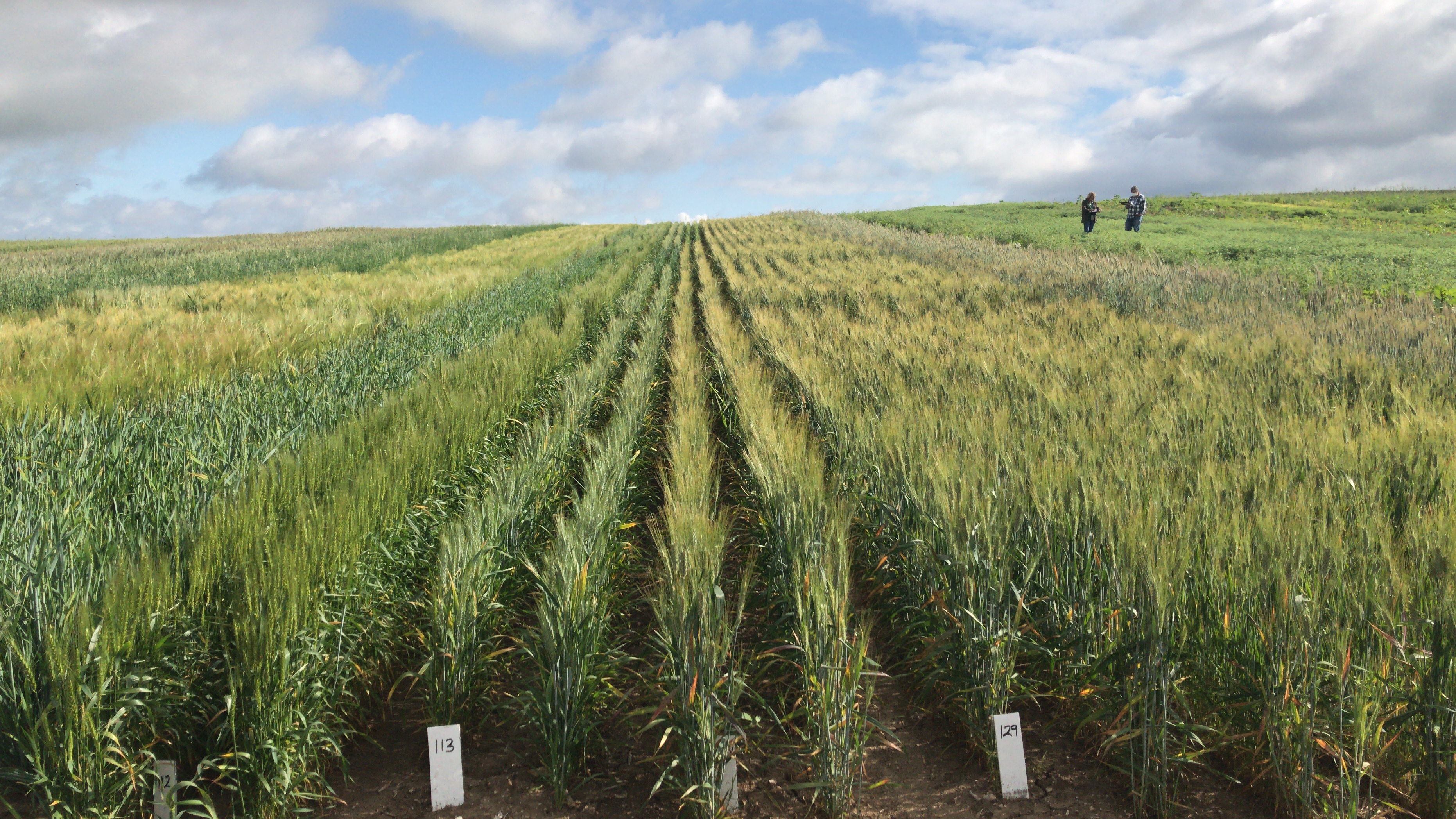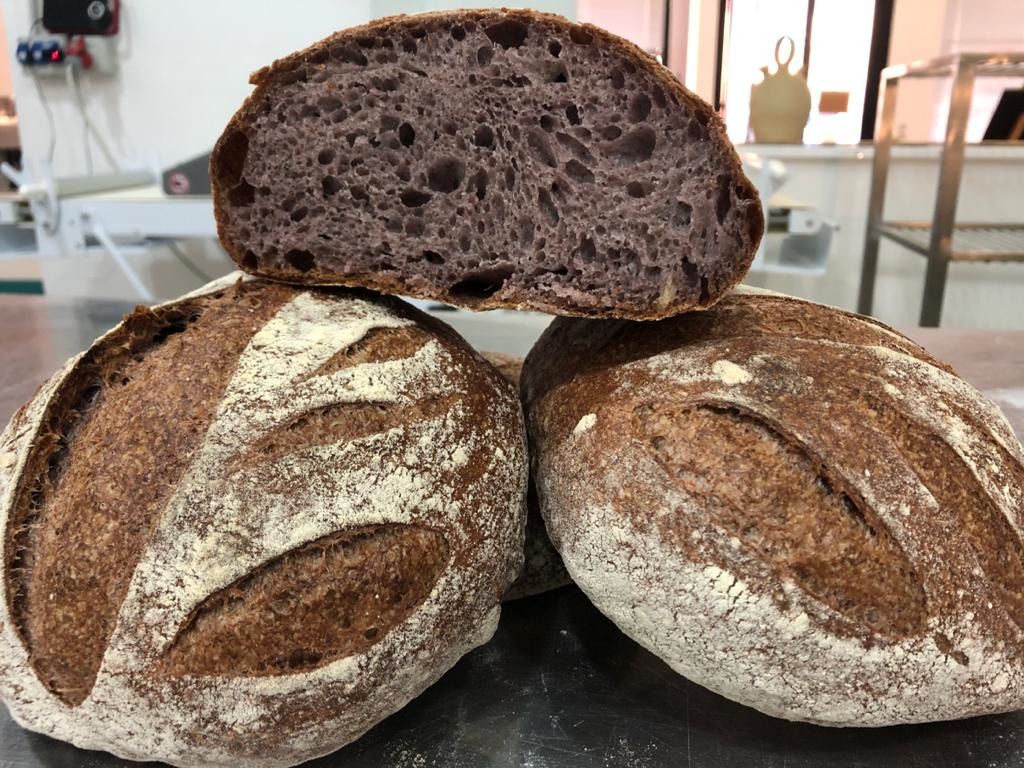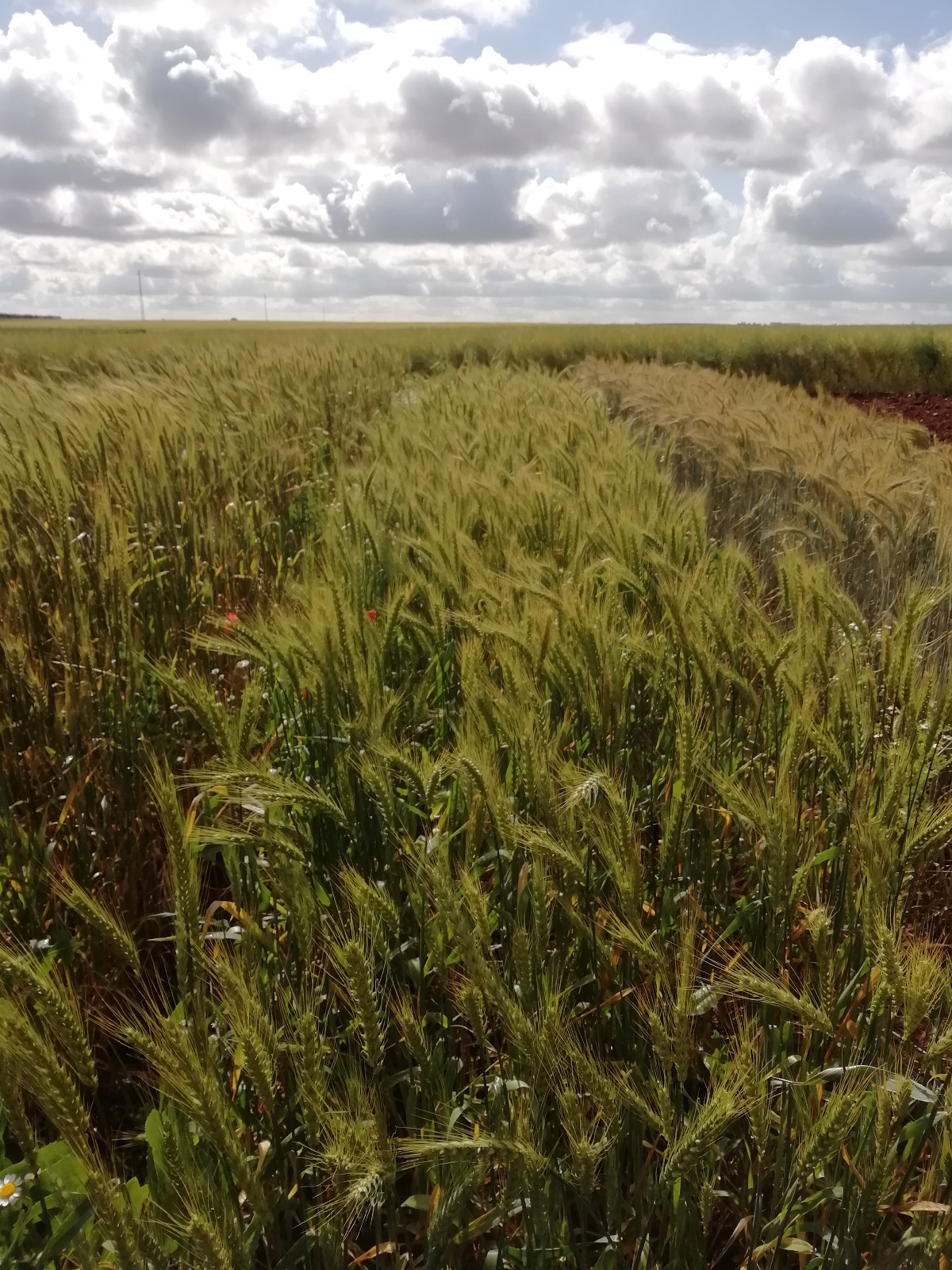
Winter cereals
 General information
General information
These are the most abundant extensive crops in Extremadura, which include wheat, barley, oats or triticale. The crops for grain-production winter cereals occupy an area exceeding 200,000 hectares in this region, which has another 60,000 hectares dedicated to winter cereals for animal fodder. These are very important in drylands, where farming is generally the main economic activity. Winter cereals are the most common crops in these areas, which have very few other options other than these species. The increase of plagues and diseases deriving from the monoculture of these crops, amongst other factors, linked to low market prices in the recent years and lower profitability of the yield, have given rise to several lines of work in CICYTEX that are focused on offering alternatives to the cereal market.
 New varieties of wheat, barley, oats and triticale
New varieties of wheat, barley, oats and triticale
Genetic crop improvement is one of the agronomic techniques that has contributed the most to increasing performance in these types of crops. As an example, in the last 24 years, the average production progress of soft wheat has been estimated at 50 kg/ha/year thanks to the new varieties that have been obtained.
This is the reason why CICYTEX has been evaluating the new commercial varieties of these cereal species from the GENVCE (Group for the Assessment of New Varieties of Extensive Crops in Spain) national network for two decades. As the head of GENVCE in the region, we perform annual tests in partner farms within representative areas: Campiña Sur or Comarca de Olivenza. The purpose of GENVCE –an entity that is part of the variety experimentation networks of the Spanish Plant Varieties Office (OEVV, in its Spanish abbreviation) of the Ministry of Agriculture- is to offer the cereal industry precise and practical information on farm adaptation and quality of the new cereal varieties and extensive crops in the various crop areas of Spain.
On the other hand, CICYTEX has been working for years to obtain new varieties of winter cereals. The last two varieties obtained in our centre are for triticale, a species that comes from a cross of wheat and rye. It is a more rustic species than wheat and adapts better to poorer soils. Triticale grain production in these areas can be even higher than that of wheat. In our region it occupies an area of approximately 20,000 ha, mainly in the Badajoz province. This species has a high sprouting capacity and offers the advantage of being suitable for both fodder and grain production. The grain is mainly used for animal feed.
 Improvement of the nutritional value and alternative techniques for its use as animal feed
Improvement of the nutritional value and alternative techniques for its use as animal feed
Our proposals of innovative approaches include the work performed with triticale biofortified with selenium in cultivation, in order to use the grain to feed Iberian pigs. The selenium-based biofortification of cereals that are destined to be used as fodder is intended to efficiently increase the concentration of this micronutrient in the animal in order to improve the quality of its carcass. During a project undertaken at CICYTEX, triticale grain biofortified with selenium was added to the diet of animals at their prefattening and prefattening-fattening stages in order to assess its effects on the quality of the end meat product. The results obtained were: an improvement in the meat antioxidant capacity, lengthening of its useful life and delayed rancidification.
Additionally, studies on the use of triticale for animal feed have been performed, given its high quality production (high protein content) at times when pasture production is scarce (winter). Also, the addition of triticale grain or wheat in the diet of the Iberian pig have been compared with no significant differences being found.
 Old wheats in food and improvement of added value
Old wheats in food and improvement of added value
The health focus of the new food trends and the increasing gluten-intolerance issues in the population have given rise to a study at CICYTEX with the underutilized local varieties of wheat (Triticum aestivum), spelt (Triticum spelta) and ancient species of wheat (T. dicoccum and T. monococcum) with the purpose of bringing these varieties back with higher nutritional properties and more gluten digestability, at the same time as increasing the added value of the yields with a differential character in the market.
T. monococcum was the first domesticated wheat that is documented between year 10,000 and 7,000 B.C. Given that it had only two sets of chromosomes, it is the type of wheat that contains fewer elements with allergenic capacity. As all other wheats, it contains gluten, and therefore it is not suitable for people with celiac disease, although it is better tolerated by people with non-celiac gluten sensitivity.
For the moment, these projects are focusing on the study of the agronomic behaviour, nutritional composition, industrial quality for use in quality flours and gluten digestibility of these wheats. Also baking tests and bread quality assessments are being performed in cooperation with the homemade bread industry.







